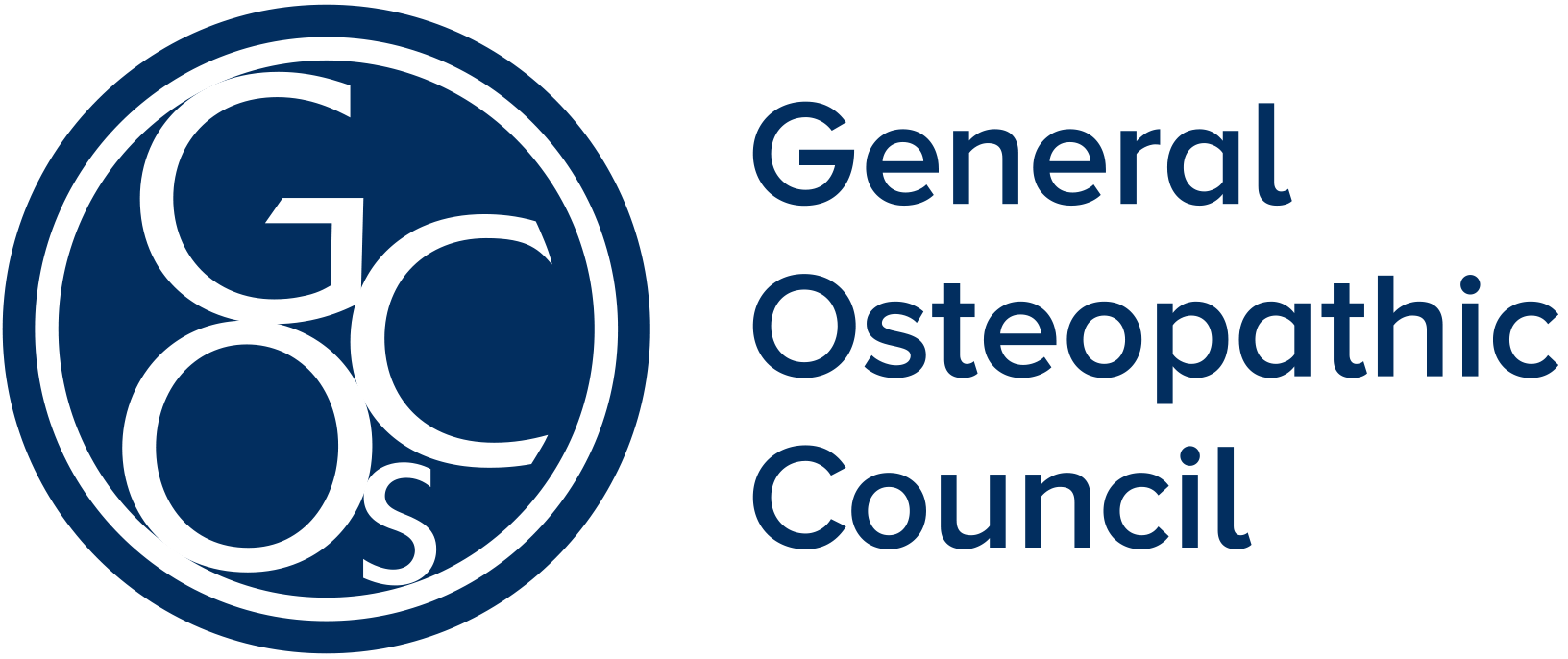C1. You must be able to conduct an osteopathic patient evaluation and deliver safe, competent and appropriate osteopathic care to your patients.
- This should include the ability to:
- take and record the patient’s case history, adapting your communication style to take account of the patient’s individual needs and sensitivities
- select and undertake appropriate clinical assessment of your patient, taking into account the nature of their presentation and their case history
- formulate an appropriate working diagnosis or rationale for care and explain this clearly to the patient
- develop and apply an appropriate plan of treatment and care; this should be based on:
- the working diagnosis
- the best available evidence
- the patient’s values and preferences
- your own skills, experience and competence
- adapt an osteopathic technique or treatment approach in response to findings from the examination of your patient
- evaluate post-treatment response and justify the decision to continue, modify or cease osteopathic treatment as appropriate
- recognise adverse reactions to treatment, and take appropriate action
- monitor the effects of your care, and keep this under review; you should cease care if requested to do so by the patient or if you judge that care is likely to be ineffective or not in the patient’s best interests
- recognise when errors have been made, and take appropriate action to remedy these, taking account of the patient’s best interests under your duty of candour (see standard D3)
- where appropriate, refer the patient to another healthcare professional, following appropriate referral procedures.
- If providing care outside of your usual practice environment, you should note in your records where this took place, and apply the same standards as you would apply in your usual practice, or be able to justify why this was not appropriate.
